Congo Muller: A Nazi and an African mercenary with a Devil's Smile
Categories: Africa | Conflict | History | Nations | World
By Pictolic https://pictolic.com/article/congo-muller-a-nazi-and-an-african-mercenary-with-a-devils-smile.htmlThe Soviet press called the former chief lieutenant of the German Wehrmacht, Siegfried Muller ,a "rapist and murderer", a "sadist", and a "landsknecht of imperialism". In his native Germany, he was considered a collection of bad traits of the German nation, which were especially evident during the reign of Hitler. Mueller himself, who became famous as a military mercenary, grandiloquently called himself " the last defender of the white West." One of the" business cards " of the soldier was his smile, in which many found something demonic.
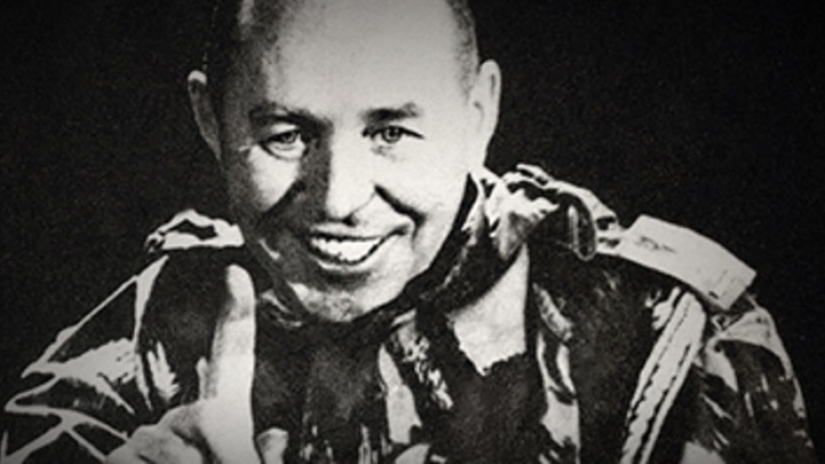
Siegfried Muller was born in East Prussia and came from an old officer family. From a young age, he was imbued with the ideas of national socialism and in 1939, as a soldier of the Wehrmacht, participated in the Polish company. In 1945, he rose to the rank of oberleutnant and was wounded by a bullet in the spine. In an unconscious state, he was transported to Denmark, where Muller surrendered to the British.
In 1947, Siegfried left the prison camp and served in the police, and then in the special support forces of the United States. In the service, he became familiar with the methods of introducing modern warfare, fighting enemy agents, and was appointed to the position of instructor. The desk work oppressed the active officer, and he went to North Africa under a contract with British Petroleum, where he cleared minefields.
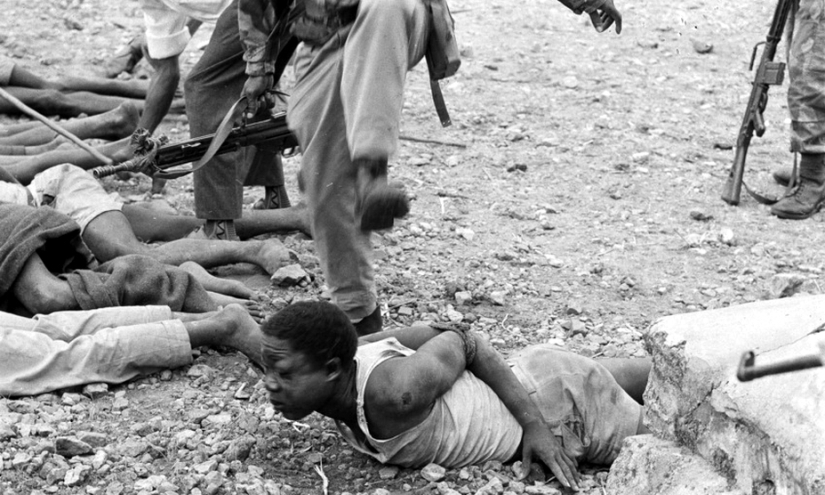
In Africa, Muller was approached by the people of Chombe Moiz, the president of the unrecognized Republic of Katanga, established on the territory of the Congo. Chombe offered the professional soldier a position in his army and Siegfried accepted. However, the intervention of UN troops quickly ended the war, but Mueller remained on the "black continent" and became the assistant manager of a prestigious hotel.
When the peacekeepers withdrew from Congo, where the communist movement was gaining strength, half of the country was under the control of the north-eastern tribes that had raised the Simba rebellion. Western politicians appointed the ardent anti-communist Tshombe Moiz as Prime Minister. To strengthen the army, Chombe enlisted white mercenaries, whose squad was commanded by the legendary Irishman Mike Hoare. The commander recruited fighters in Britain, Belgium, Italy and of course Germany. In the European "war team" was also Siegfried Muller.
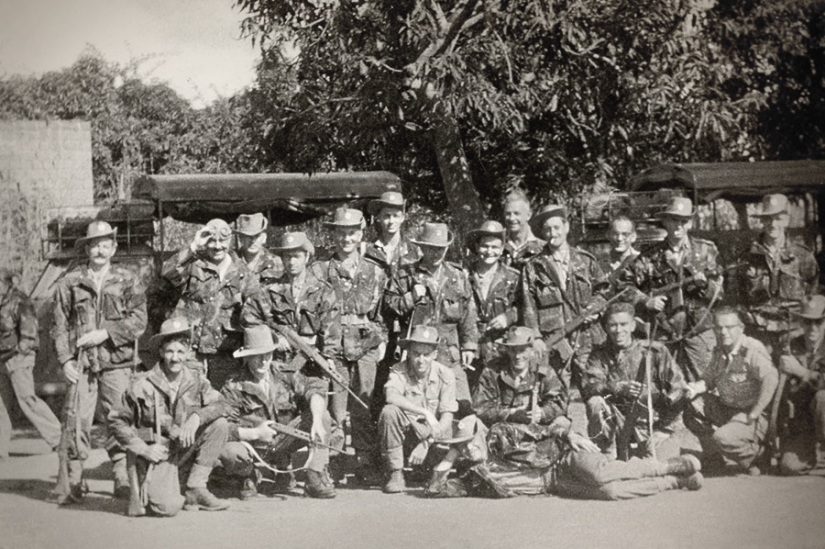
As befits the African war, it was conducted with terrible cruelty. The Simba rebels and the government forces believed in magic. Both sides conjured weapons, cast curses, wore amulets, and claimed that the rituals of the shamans would protect them from bullets. By the arrival of the white mercenaries, almost the entire territory of the country was under the control of Simba. Government soldiers concluded that the enemy's magic was stronger, and entire units defected to the rebels.
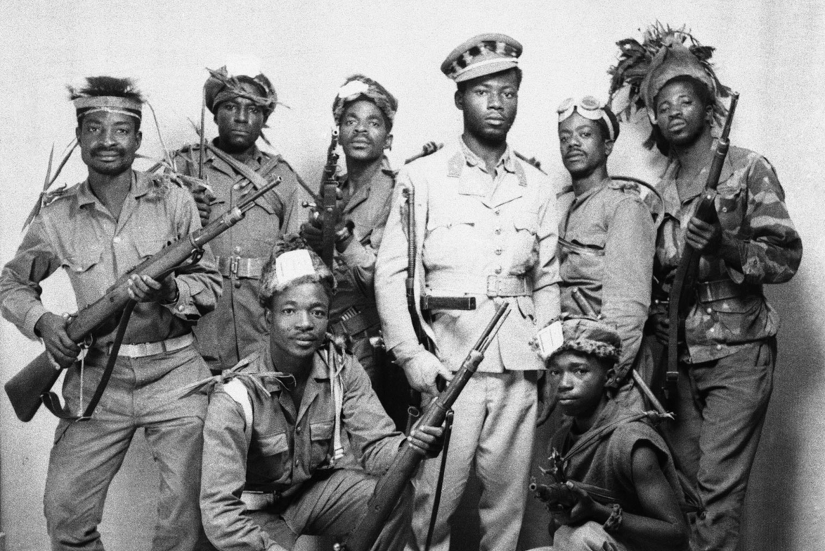
The first European operation was the capture of the city of Albertville, where the rebels were holding hostages. Michael Hoare overestimated his strength and led the squad directly to the enemy headquarters, where the shaman was talking to the soldiers to protect them from bullets.
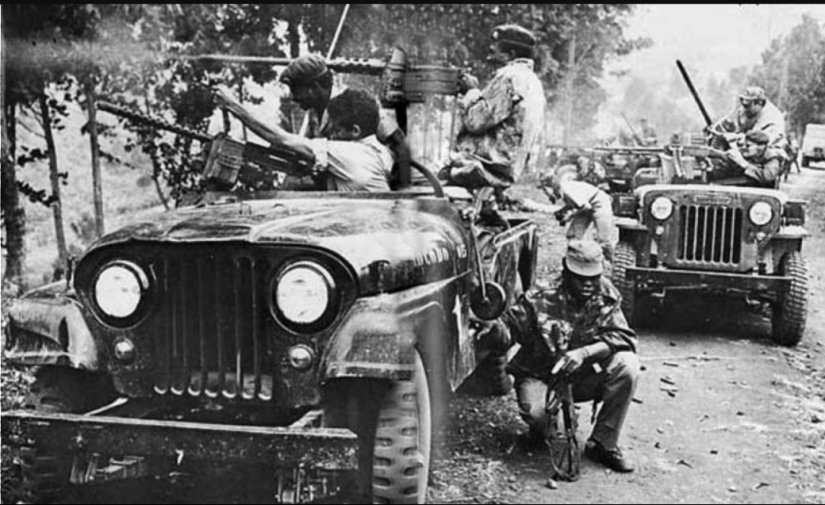
A battle ensued, several mercenaries were killed, and the Whites retreated. Regrouping, they re-entered the city and drove out Simba, which encouraged the KPA government forces. For his skilful actions, Hoare appointed Muller as the commander of his special forces unit, 52 Commando.
In the unit, Muller, who was simply called "Congo" by his subordinates, recruited Germans and white nationalists from South Africa. His finest hour was the battle near the town of Boende, where 35 mercenaries and 80 KPA fighters held back 6 thousand enemy soldiers. It was then that Mueller earned a reputation as a Nazi. He did not remove from his uniform the "Iron Cross" received on the Eastern Front and drove a Jeep "decorated" with human skulls. In an interview with Italian journalists, Muller mentioned "the game of the huntsman, hunting Negroes."
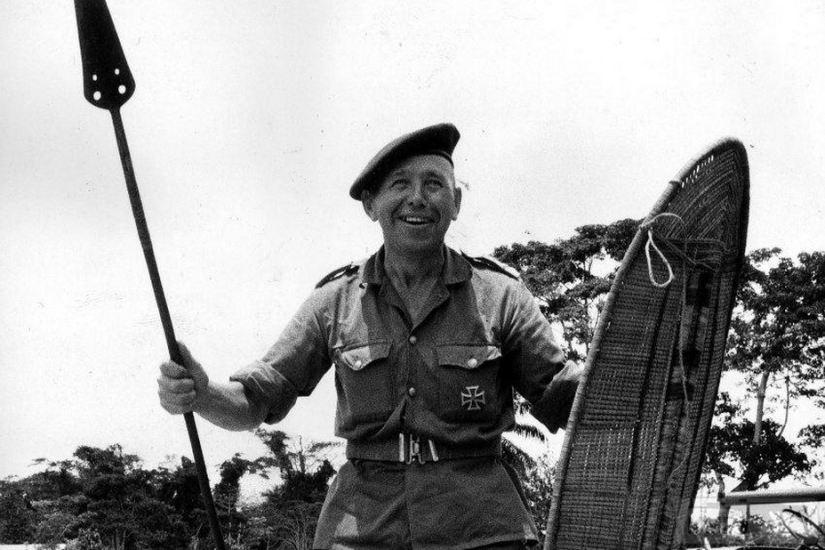
He generally liked to show off, and carried correspondents with him, and they wrote about severed heads, impaled on spears, drunken murders and looting. The popularity of Mueller in the West, such reports were not given. Many believe that he did it on purpose, as they would say today "for PR".
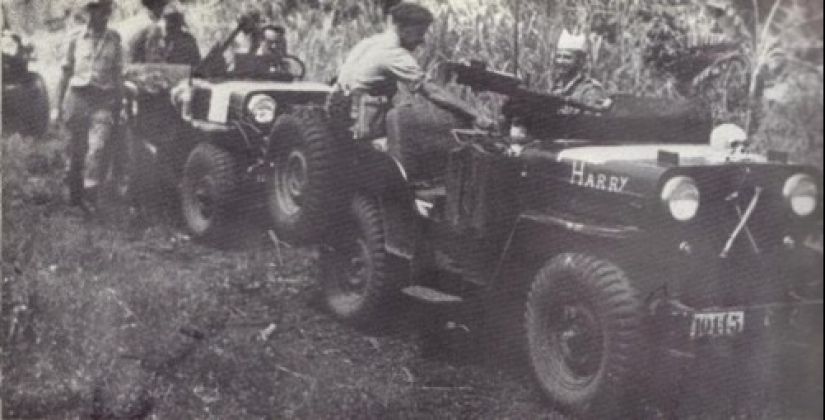
Off-road mercenary vehicles with bones and skulls
The small number of mercenaries cleared the Congo of the rebels, and the KPA troops followed them like thread after needle. After the Congo War, Muller moved to South Africa, where he founded a security firm.
In 1966, the film interview was released: "The Laughing Man-Confessions of a murderer". In it, Mueller said that he is an opponent of violence, but in war you do not always know who is in front of you – an enemy or a refugee. Therefore, civilian casualties occur. So in an interview he said:
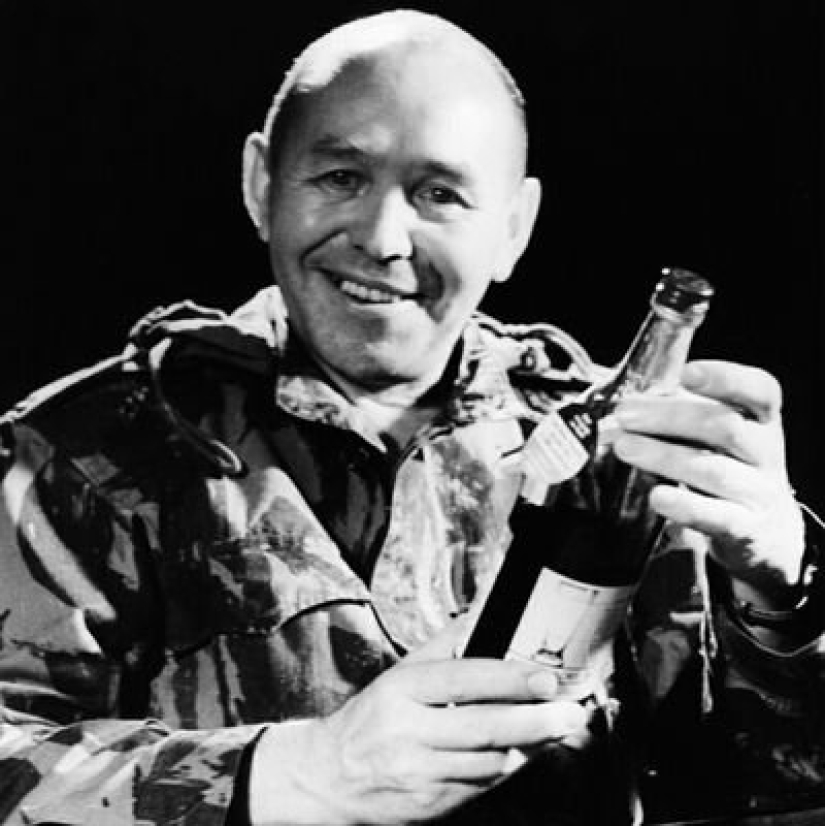
Siegfried Muller is a man of his time. He was born in the era of total war and simply could not live without it. So when peace came to his native Europe, he went to a place where the guns had not yet died down.
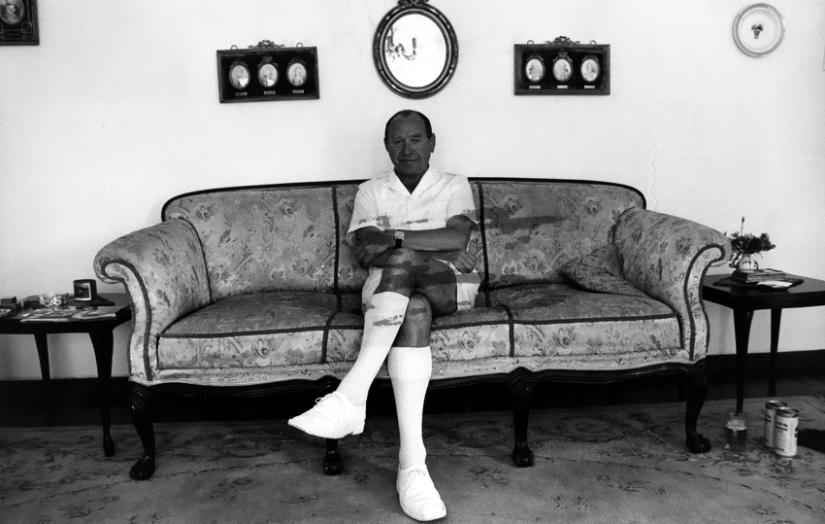
Becoming a mercenary, he fought in Africa in the way that was customary among the Africans themselves. In an interview, he said that it is not customary to take prisoners from the locals at all:
And both sides did it. Both Simba and KPA powers. In a war in which both armies focused heavily on magic and shamanism, even ritual cannibalism was no longer surprising.
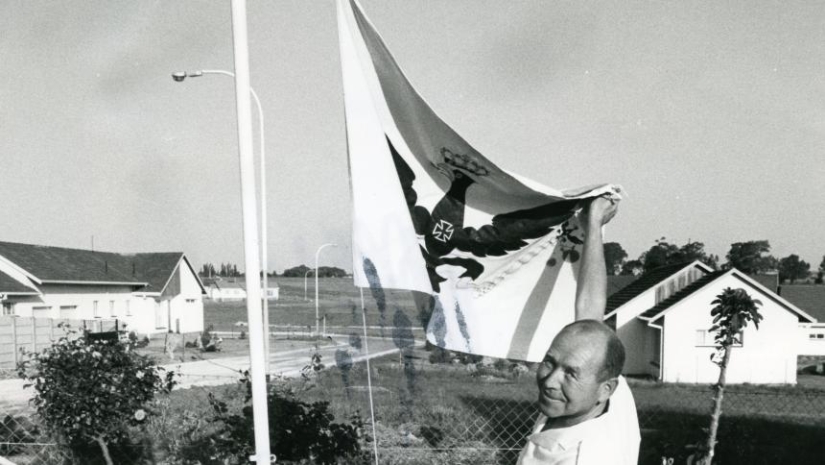
Muller was not fit for a peaceful life, so he became a modern landsknecht. Siegfried Kongo died in 1983 in South Africa, where he bought a small farm. At the end of his life, he suffered from stomach cancer and left the world, forgotten in Africa and cursed in Germany.
Keywords: Insurrection | Congo | Nazism
Post News ArticleRecent articles

French cinema can easily be called a unique direction in art, which is fundamentally different from what he used to do in ...

Fans of actress Monica Bellucci do not associate her style of clothing with black dresses in vain. A famous Italian woman has ...
Related articles

One of the first actions of Hitler as head of Germany was the adoption in 1933 of the "Law on preventing the birth of offspring ...

You would think that in today's world there is no place to wild customs? Sorry, you're wrong: the life of the pygmies of the Congo ...

Just recently, the world shook photos Turkish memorial dedicated to the memory of the women killed their husbands. 440 pairs of ...

What could be sweeter cats, dogs and other animals? That's right — nothing! Therefore, we have compiled for you the lovely, kind ...